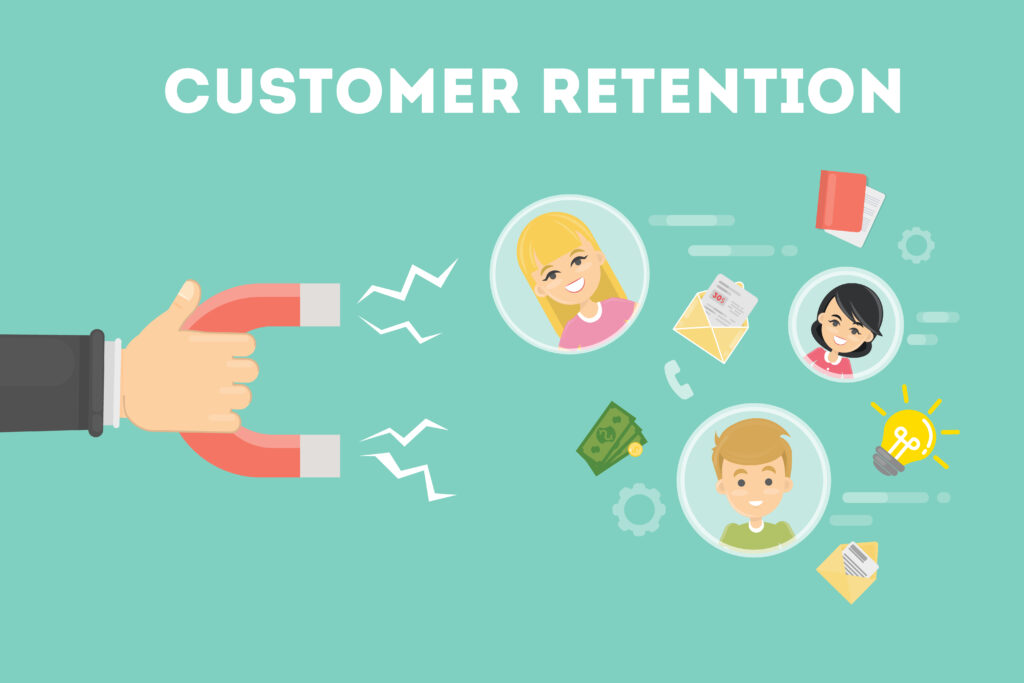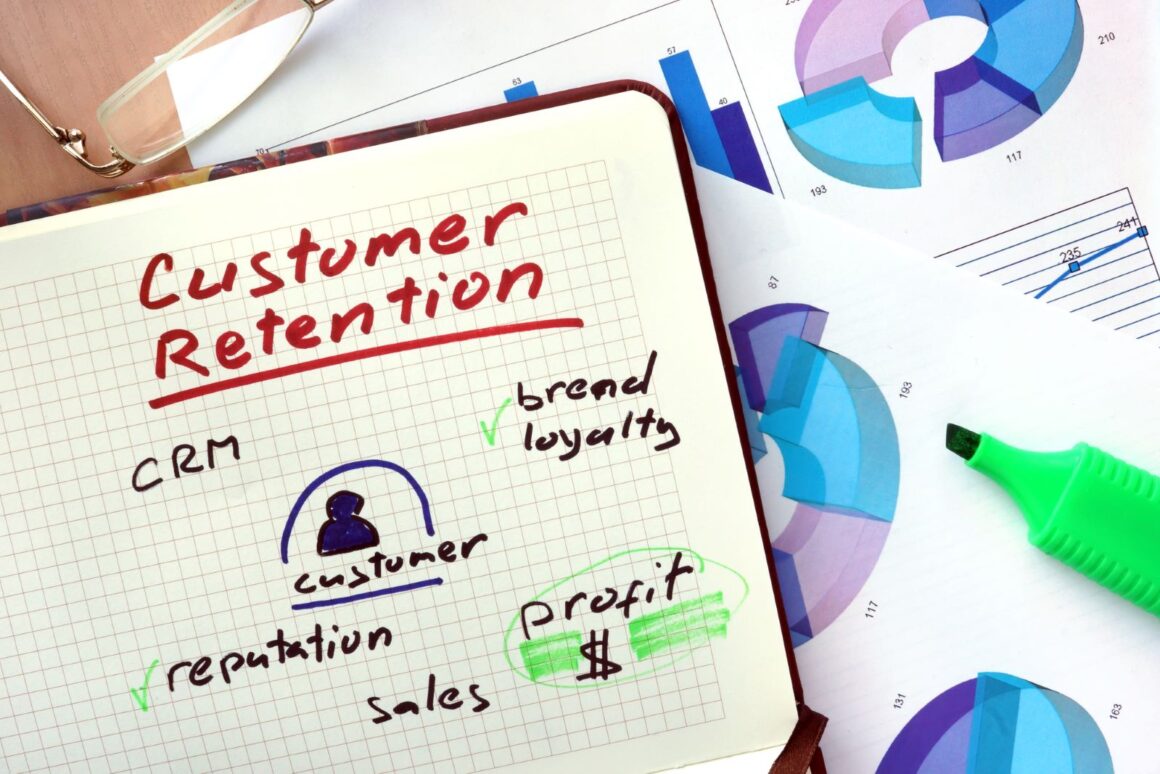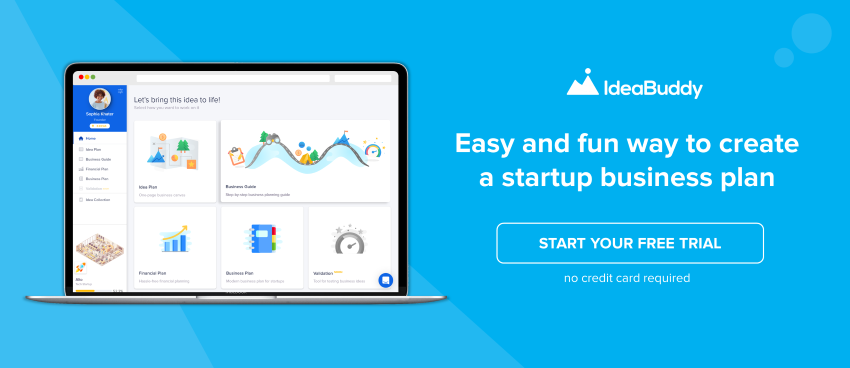Customer trust is the most important metric of business success. And the way to build it is to devise a customer retention strategy to implement consistently.
So in this post, you will learn how to build a strategy to keep your customers engaged. After this guide, you will know:
- How to map out customer pain points
- What to look for in customer churn analysis
- Which customer pain points to prioritize
- How to implement a customer feedback loop.
Once you learn this, you will be able to build a robust strategy, easy to tailor to each important customer.
Importance of customer retention
The extent to which customers trust your brand determines your market competitiveness, estimated business value, profit margins, and the longevity of your business. In fact, 81% of customers said they factor in trust when deciding on making a purchase.
First-time founders can benefit significantly from customer retention, as the probability of selling to an existing customer is between 60% and 70%, and only 5% to 20% in the case of new customers, as data by SemRush suggests.
But despite the importance of customer retention, there is a yawning gap between customer acquisition and retention efforts. According to SemRush, while 44% of companies focus on acquiring customers, only 18% of them focus on retaining customers.
So, there is a clear need to implement more consistent customer retention activities. But what often lacks is a strategic approach. With a clear retention strategy, you can delight your customer base and keep them engaged. After all, each brand-customer interaction is unique, so it’s crucial to understand the principles right.
“Hear us out!” — Mapping out customer pain points
Effective customer retention needs to focus on data and not guesswork. A successful customer retention program needs to alleviate issues of real customers, ideally in real-time.
And as a business leader, you need to know exactly where customers face these challenges. Once you unearth these pains, you can build a retention program around them. So, the first step of your customer retention strategy is analyzing customer churn.
Within churn analysis, your goal is to learn how many customers churn, at which point, and why.
While it’s expected to have some customers abandon your product/service in the course of operations, it’s important to know whether there is a particular period with higher customer attrition than usual — perhaps, the new feature release has been particularly cumbersome.
This means you need to have a central place where you follow customer deals through stages, understanding deals from end to end. Once you have enough behavior analytics, you can even anticipate signs that a customer will churn. With such data by your side, you can tailor the messaging based on the customer’s specific context and increase the chances of the customer staying.
What to look for in customer churn analysis
The key information you should get when analyzing customer attrition is why customers churned in the first place. You can get this information through surveys (if customers decide to participate), through genuine conversation with customers, or reviews.
But if you hope to gain from this process, it’s essential that you listen to customers’ feedback, rather than try and convince them to come back. If you truly understand what drove customers away, you will have a good chance of retaining customers in the long run.
Until you’re satisfied with the depth and breadth of information around customer churn analysis, you shouldn’t progress further. Starting a newsletter program won’t keep your customers if your onboarding program is subpar. So, first dig deep to understand what needs improving. Only then start with building retention plans.
Prioritizing customer retention plans
Once you’ve mapped out all customer pain points and reasons for attrition, it’s time to prioritize them. Naturally, this can range from lack of customer support to lack of onboarding program or no loyalty program and include all the other issues on the customer journey.
Prioritizing retention strategies is not an easy feat, however. On the one hand, the sense of urgency often startles business founders and prompts them to start implementing new initiatives, often without a strategic approach. This might improve the attrition rates at first, but it’s a shot in the dark. It’s more likely that after the initial novelty wears off, customer retention plummets further down.

Many business leaders, even the ones with more experience, tend to start with low-hanging fruit — after all, who wouldn’t want to start retaining customers straight away?
But the key to long-term customer retention success is to focus first on those attrition points that are the most valuable to the business.
While starting a newsletter is easier than starting an onboarding program, the question is which one yields more value for customers? Only if you’re certain that learning about new features and industry insights from your newsletter is more valuable to customers should you create a newsletter first.
Otherwise, make sure to fix attrition points in order of impact for customer satisfaction and business value.
What to do when you can’t serve all customers equally
For first-time founders, managing customer retention is particularly difficult. You have limited resources, limited amounts of data to analyze, limited market presence or brand strength. So, it takes more time for your brand to gain customer trust.
To overcome these constraints, you can rely on prioritizing customers and focus on strategic, long-term partnerships.
In parallel to understanding customer churn, you should also aim to understand which customers you can really help out the most and how. At least in the early stages, it’s impossible to compete with big, well-established brands. So, in your communication with customers, you should identify the ones with the potential of a long-lasting partnership.
And then, even if there is little risk for their churn, you need to delight those customers to the best of your efforts.
Rather than focusing only on customers who might churn, it’s better to start with strategically important deals. As a result, you will be able to turn them into profitable customers by focusing on their retention on an ongoing basis.
Implementing a customer feedback loop
Finally, an efficient customer retention plan asks you to incorporate customer feedback continuously.
So, you should invest the initial resources and efforts in customer support to create a sustainable feedback loop. This way, you will be collecting customer feedback and acting on it in real-time. By doing so, you will consistently alleviate pains and delighting the customer throughout the deal lifetime.
There are several aspects of a good customer feedback loop to bear in mind.
Consistency in communication
First, you need to be consistent in communication. The tone and voice of your brand need to be something a customer can rely on. It should set the expectations — and most importantly, meet them, as promised.
The goal is for your brand to be reliable; this consistency is the foundation block of your customer retention. And also, customers will tend not to give as rich feedback as they would, when they perceive your brand as lacking consistency and reliability.
Co-create with customers
Second, give your customers a chance to give you feedback. Without overwhelming them with new features, it’s vital to keep customers part of your business growth. The sooner the customers can take part in the co-creation of your product or service, the easier it will be to retain them — as you will be able to incorporate their feedback early on.
For instance, you can select a few customers as beta testers or offer them exclusive early access, or even create a customer advisory committee, which will help work together on the product roadmap. And this is a perfect chance to refine your buyer persona with real-life data.
Keeping the customer feedback loop turning
When you implement a customer feedback loop, you will complete the circle of a solid foundation for creating strategies for customer retention. The feedback loop will bring information on customer pain points and guide your churn analysis. In turn, you will prioritize according to impact and customers.
As the feedback loop keeps reeling in more customer data, and as you analyze and prioritize them, you will be able to act on the customer’s needs continuously.
This will help you stay flexible and apply different tactics for customer retention, without the guesswork. Consequently, your brand will be able to be consistent and reliable, helping gain customers’ trust and ensuring they stay with you as you grow your business.




